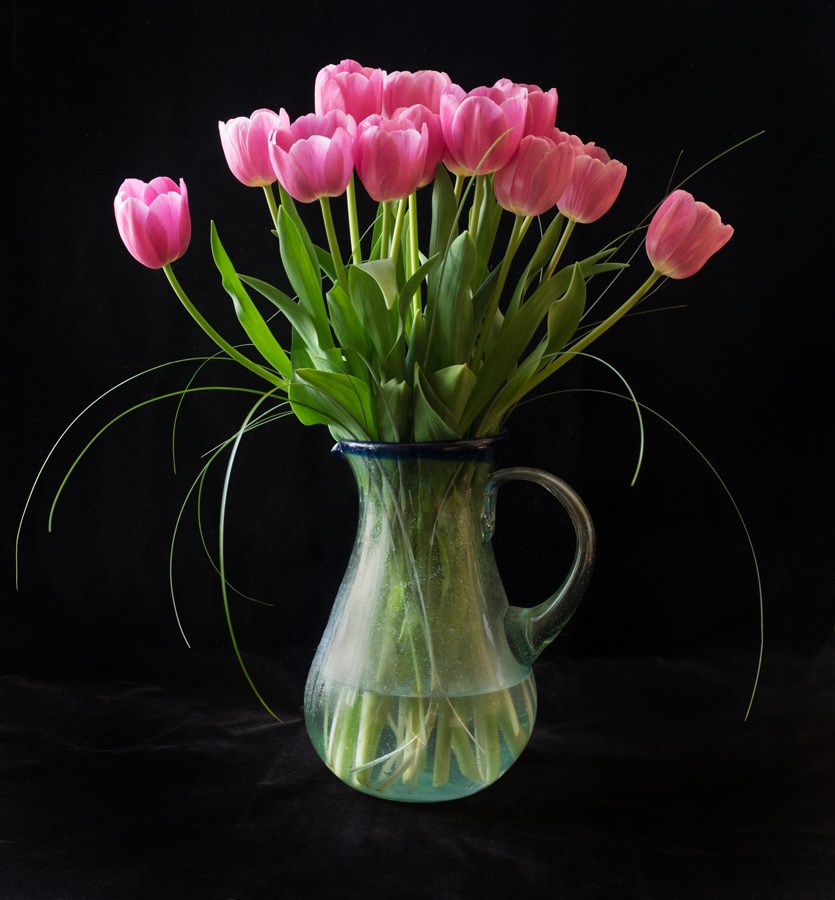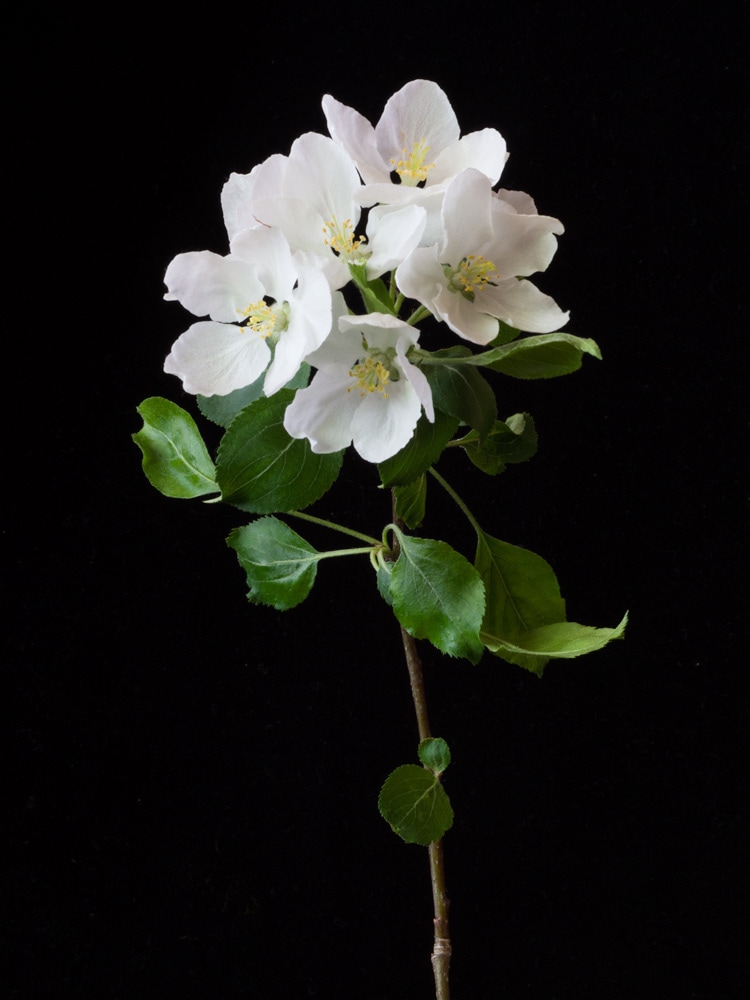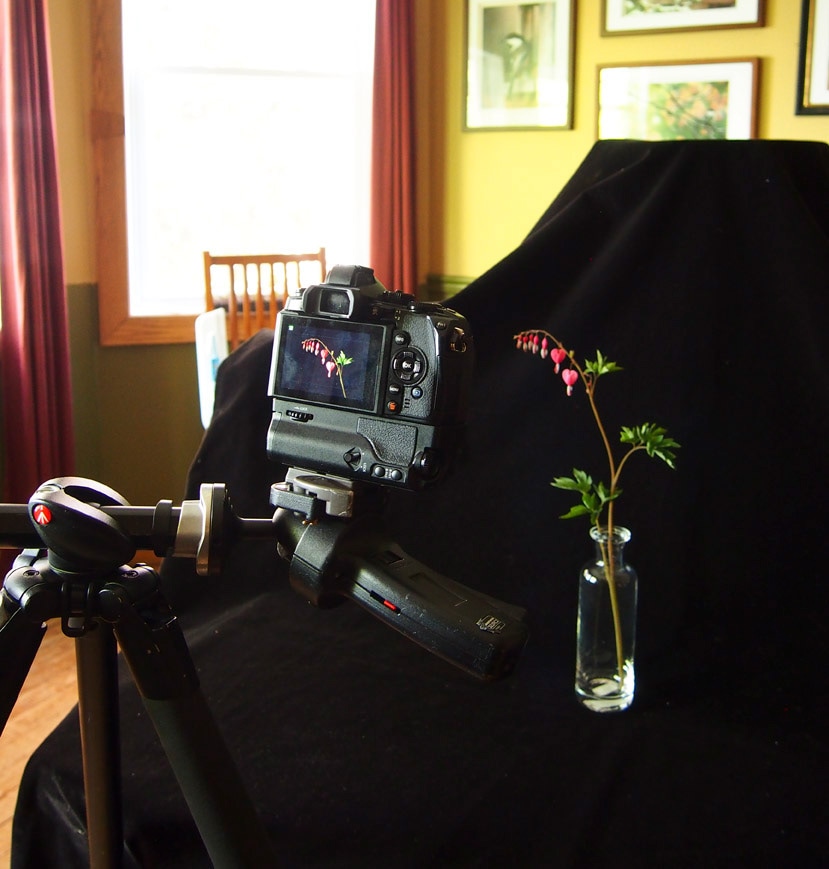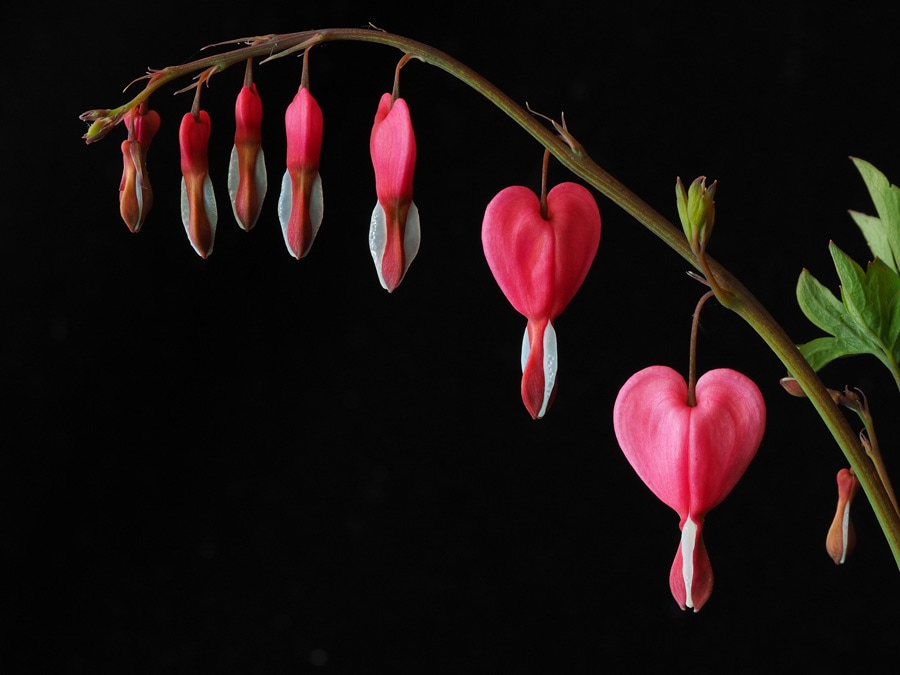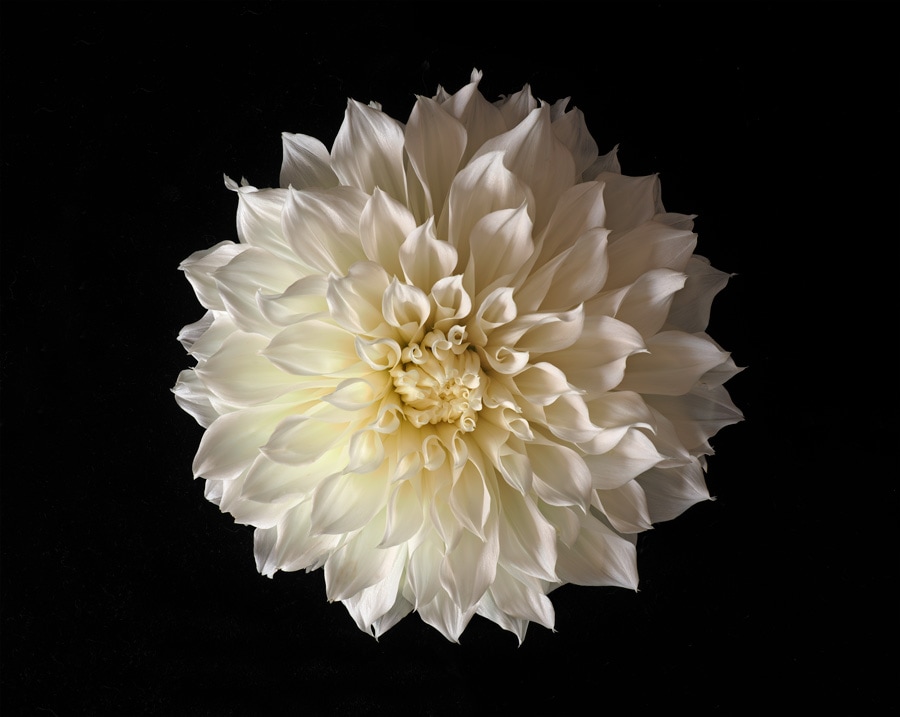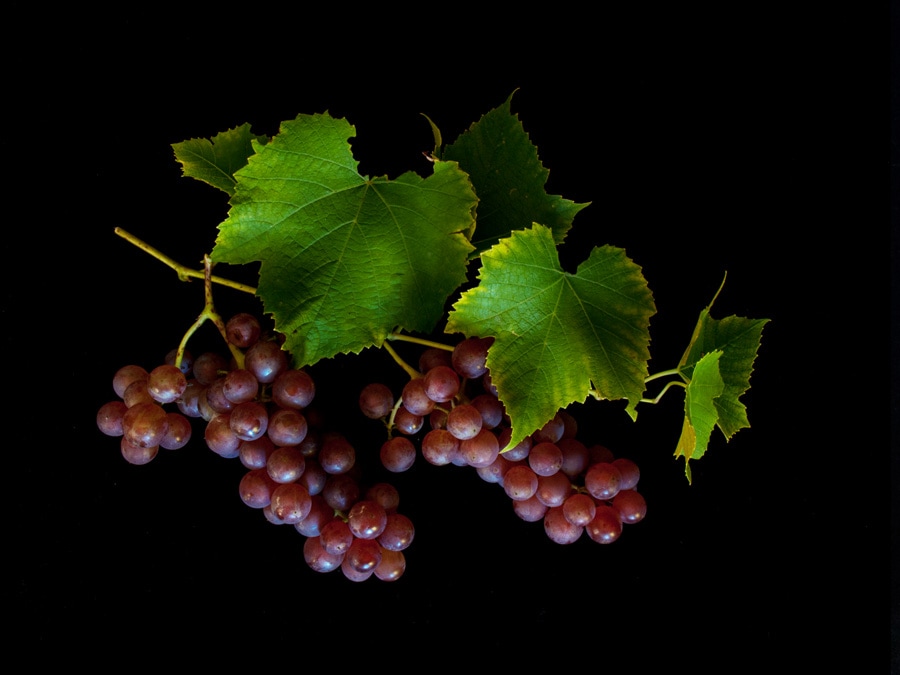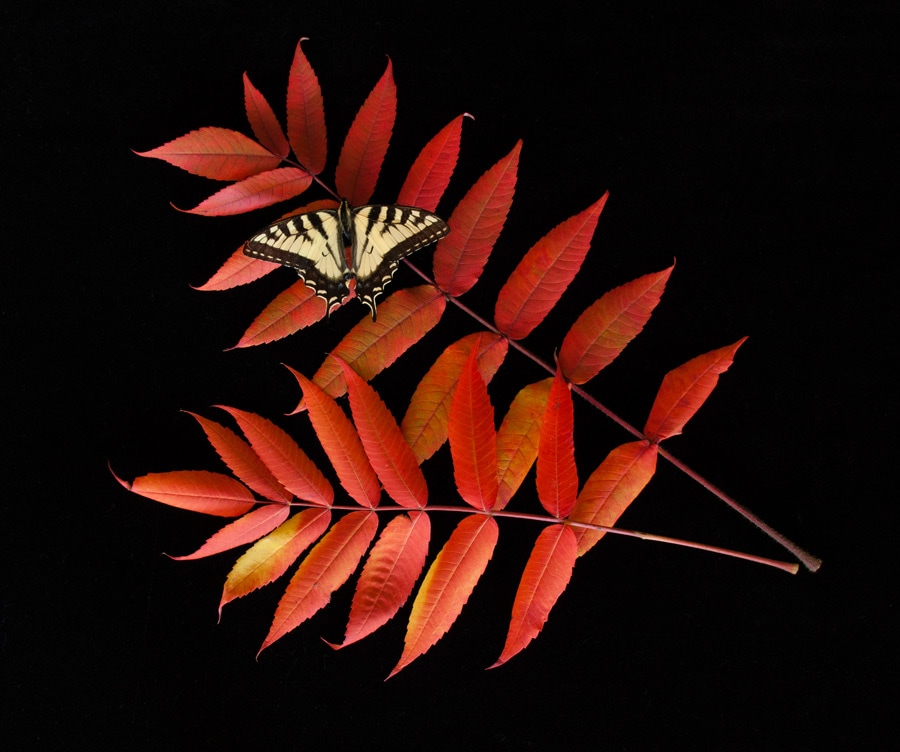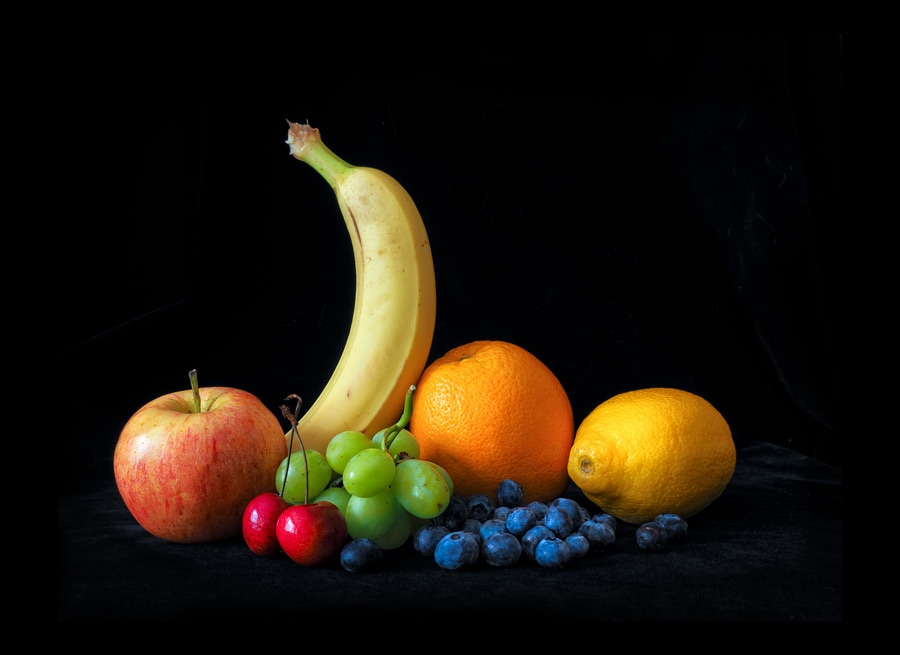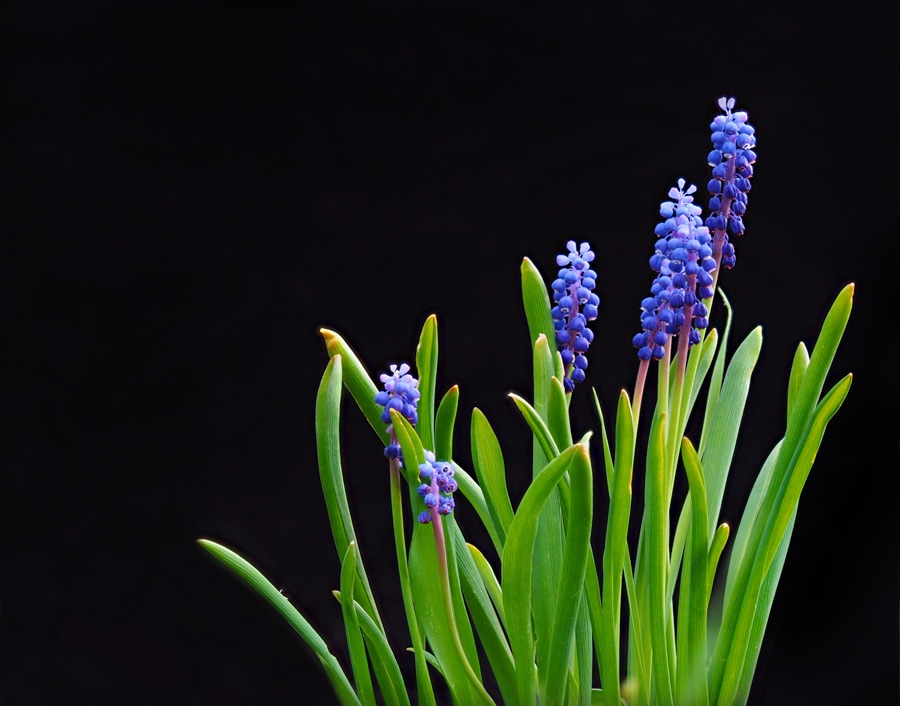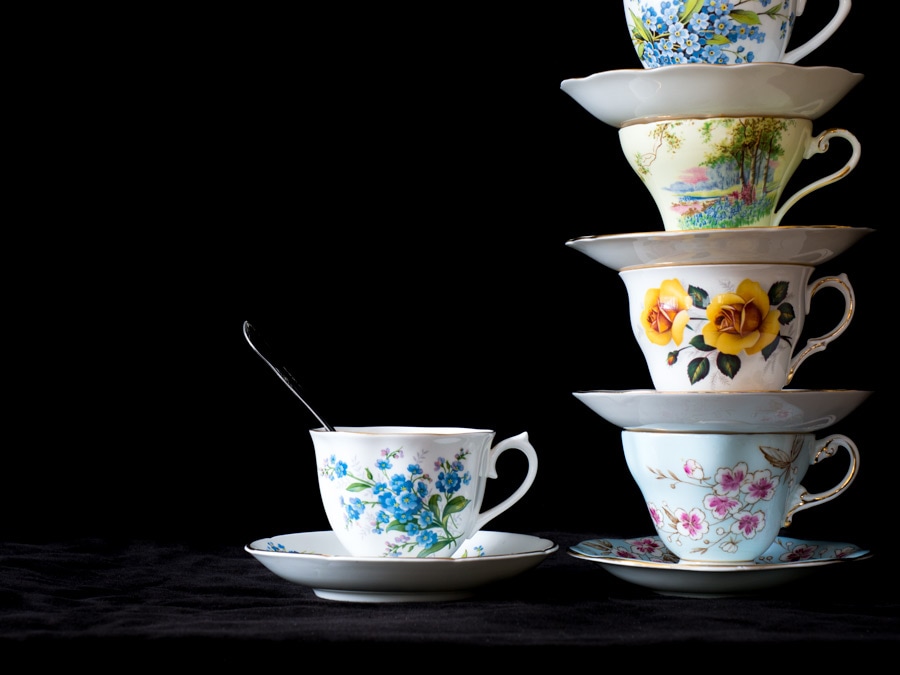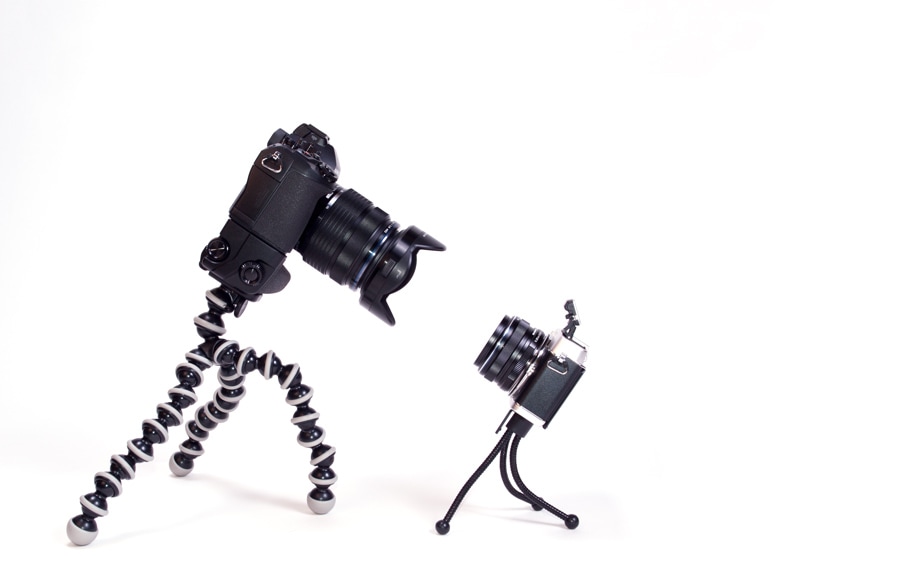|
Photographing Elegant Still Life Images As a nature/landscape photographer the quality of my images is very much dependent on the whim of mother nature and the light she decides to present to my lens. It can be a real disappointment to head to a great location only to have poor quality light spoil the scene. I've grown to accept that and cherish those moments when the light is perfect. There are times however when 'bad' light seems to lead to the best results. This 'black velvet' project is one of those cases. The key elements are quite simple; a still life subject, muted natural light and a piece of black velvet. Although other fabrics will work, black velvet absorbs almost all light and has little to no sheen. It tends to pick up lint easily so having a lint roller handy will save some post-processing work later. Practically any subject will do but I tend to like using natural subjects from my garden. It's a nice change to be able to have greater control over the elements in your photograph. As far as lighting your subject, it may seem counterintuitive, but I find I achieve the best results under rather dull, early evening, overcast lighting - the type you would normally avoid. The setup is incredibly simple and the results can be stunning. Here's the basic recipe: Ingredients • Black velvet cloth - 2 square yards should be plenty for most images • a table to work on • something to drape the cloth over to create a simple backdrop. I used a stool that I placed on the table • Your subject - a few flowers, bowl of fruit, or anything else you want to shoot • natural light from a window, but not direct sunlight. • tripod - an absolute must Steps
Camera Settings If you had a close look at the settings for the apple blossom photo above you may have noticed a few things. First, even though I was shooting in dim light I used a low ISO. Secondly, I utilized a fairly small aperture (f/16). I was using a relatively long shutter speed (2s), and finally, I brought the exposure value down by two stops. Let's look at those settings in greater detail.
Post-processing The thing I like the best about this technique is that you can achieve great images straight out of the camera with little to no post-processing. The single light source with create some nice shadows that add dimension to your subject, and the dull light will maintain great colour saturation. For those shots that need a little bit of work it usually involves the following;
Gallery Here are a few other black velvet shots. Final Words
The technique demonstrated within this post is only one way of shooting still life images. I really like the elegant look of a black background and velvet is by far the best choice since it reflects very little light compared with other materials. That said, it doesn't work for every subject or situation. For the whimsical shot below, a black background just wouldn't work so instead I used a roll of white studio paper.
17 Comments
2/14/2017 12:24:03 pm
I saw these photos first through the email link for Olympus photo tips.
Reply
Lin Troski
4/2/2017 07:30:39 am
Love what your doing and your explanations. Just got my Olympus but having some issues
Reply
Tim Bradbury
2/3/2018 11:30:48 pm
If you are using Olympus cameras and lenses, you really need to start using focus stacking for your close up shots. I can shoot wide open, have a perfect blurry background, and have as much of the subject in focas as you do at f11.
Reply
Lin Troski
2/4/2018 07:28:13 am
I do have all Olympus. I don't quite understand the focus stacking control on the camera. Do you focus on the closest spot and it moves accordingly?
Reply
Peter
2/4/2018 08:57:02 am
Hi Lin,
Reply
Tim Bradbury
2/4/2018 09:24:18 am
Lin
Reply
11/14/2018 09:49:44 am
I have saved a collection of skeleton leaves and petals and would appreciate advice on how to photograph them. I am an amateur photographer. Would black velvet work do you think?
Reply
11/23/2018 09:32:42 pm
That is right! Once you photograph several items on a black background, you are adding more sophistication to the said item. What you did with the flowers was quite exceptional and I couldn't say any word about it! In photography, there are still interesting things and concepts we need to learn. It is merely not just about taking photos, it is also about giving life to an item through a non-moving photograph, which is a hard thing to do!
Reply
2/21/2019 06:14:45 am
Thank you for the tutorial. I’ve been using black velvet for years in an effort to shoot product photos of guitars indoors on a table with two 6 light shadow boxes . I drape the velvet from 4 feet up and let it rest with a parabolic curve onto the table. My problem has been awful greying out of the table velvet while the backdrop remains black. I shook RAW and then have a lot of post processing to do. I don’t understand why fine black velvet does not act like a “black hole” reflecting nothing. It seems that shots at a 90 degree angle to the plane of the velvet are perfect. But the velvet that is on the table under the product (at a 90
Reply
Peter Baumgarten
2/21/2019 06:38:57 am
Hi Peter,
Reply
10/3/2019 09:27:23 am
Thank you for the reply . My studio for shooting guitars is underground for humidity and temp control. I have noticed that shooting from above does work even at angles. Very strange. 4/17/2019 03:58:36 pm
Thanks for the hints on how to photograph still life images.
Reply
10/31/2019 11:35:30 pm
I saw these photos and they makes me overload because of the elegance you bring to your picture. These tips can help me make my baby playpen photo be more elegant that I think it can attract more customers. Thanks for your advices
Reply
Leave a Reply. |
AuthorPeter Baumgarten is a professional photographer and educator. He is also an Olympus Visionary and NiSi Official Photographer. Categories
All
|
